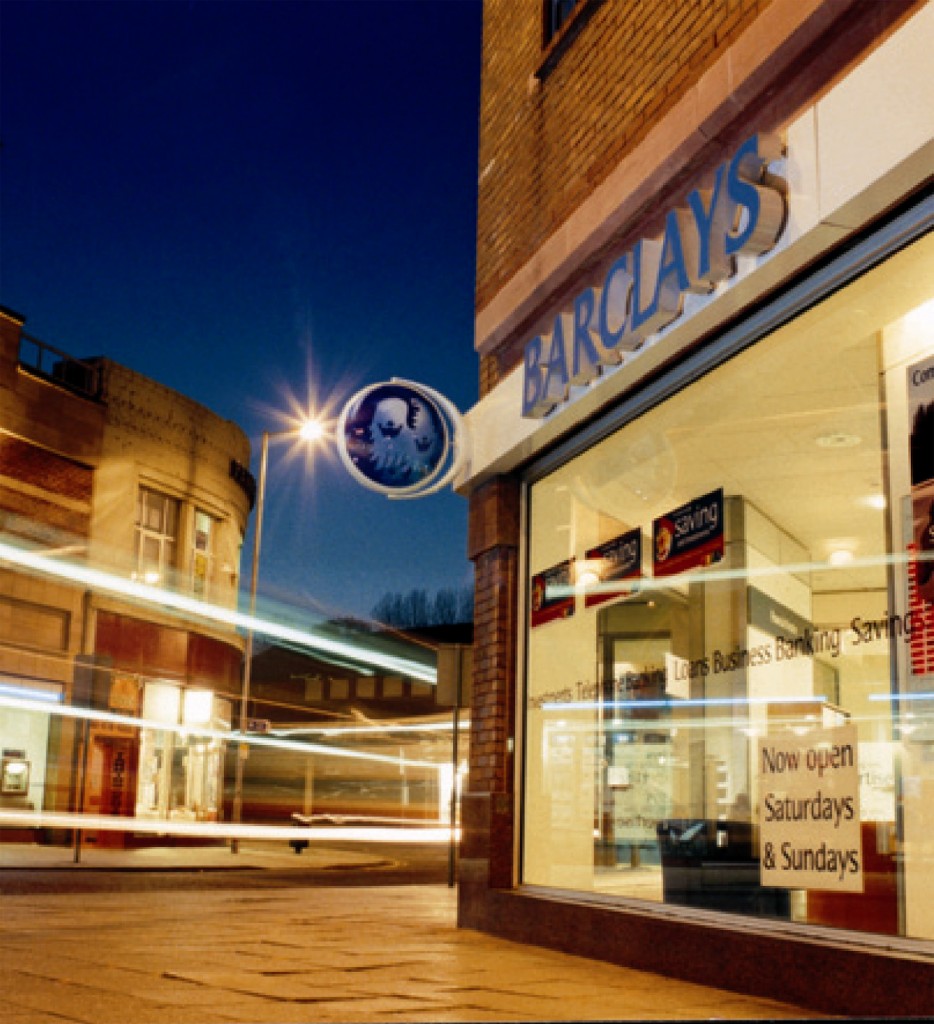
The average two-year fixed rate currently stands at 2.38% for all loan-to-values (LTVs) which is up 0.36% on June when a typical two-year deal was 2.02%.
In the five-year fixed rate market rates have increased from 2.26% in June to 2.62% in October, according to the figures.
But, while interest has been edging upwards, the products available to borrowers continues to fall with numbers plummeting from 5,222 in March to 2,180 in June then further down to 2,259 this month.
In the last month alone total products have fallen by 153.
The products which have taken the biggest hit are the 90% and 95% LTV loans. However, the 85% LTV tier of mortgages, according to Moneyfacts, was one of only two which saw product availability reach higher levels than in May.
Experts at Moneyfacts suggested this could have been due to the fact 85% was the maximum tier to which many lenders were offering products.
| Mortgage market analysis (Source: Moneyfacts) | |||||
| Mar-20 | May-20 | Jun-20 | Sep-20 | Oct-20 | |
| Total product count (all LTVs, fixed and variable rate products) | 5,222 | 2,566 | 2,810 | 2,412 | 2,259 |
| Product count (85% LTV, fixed and variable rate products) | 664 | 208 | 286 | 347 | 329 |
| Product count (90% LTV, fixed and variable rate products) | 779 | 100 | 183 | 62 | 51 |
| Product count (95% LTV, fixed and variable rate products) | 391 | 41 | 31 | 14 | 12 |
| Average two-year fixed rate (all LTVs) | 2.43% | 2.09% | 2.02% | 2.24% | 2.38% |
| Average five-year fixed rate (all LTVs) | 2.74% | 2.35% | 2.26% | 2.49% | 2.62% |
| Average rates and product counts shown are as at the first available day of the month, unless stated otherwise. Source: Moneyfacts Treasury Reports | |||||
Eleanor Williams, finance expert at Moneyfacts, said: “As house prices continue to rise and mortgage approvals hit their highest level in over a decade, both likely boosted by the release of pent-up demand following the easing of lockdown and also those hoping to capitalise on the stamp duty land tax holiday, borrowers who have yet to take on a new mortgage deal may be disappointed to see that product availability has fallen for the fourth consecutive month.
“At 2,259, this is 153 less than at the start of last month and 551 less than in June, when it seemed the sector was starting to recover from the previous few months of initial shock.”
While the two-year and five-year fixed rates have increased quite significantly since June, they are still only 0.05% and 0.12% respectively lower than in March. This is because these rates plummeted or record lows in July.
Williams added: “This increase in rates is likely in part due to the proportion of a rate that a provider needs to attribute to the risk of default, which may be a concern as a result of the economic outlook remaining so unclear.
“For example, the spectre of negative equity should house prices drop from their current levels is one that responsible lenders will be keen to mitigate, yet have no control over. Similarly, uncertainty around future employment levels and income as government support schemes begin to unwind is another factor lenders may be considering.
“The housing sector may currently be experiencing a mini-boom, but remains a volatile and fluid landscape, therefore, any customer hoping to progress with a purchase or remortgage imminently would be very wise to seek support and guidance to assess what options may be able to suit their circumstances.”



